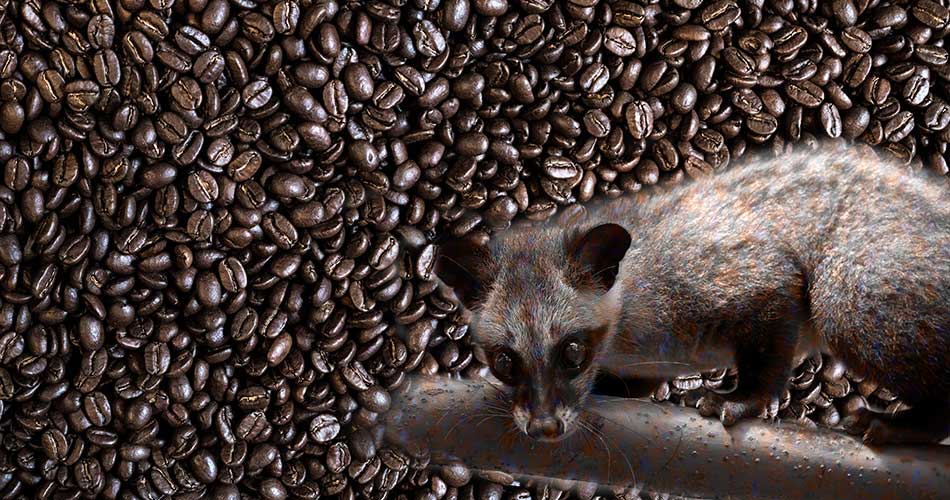What exactly is Balinese Kopi Luwak?
Balinese Kopi Luwak is a coffee prepared from beans consumed, digested, and excreted by Asian palm civets, a tiny mammal native to Indonesia. Civets consume the ripest, juiciest, and sweetest coffee cherries, and their digestion process improves the flavour, fragrance, and richness of the coffee beans. Farmers gather the beans after the civets have excreted them, wash them, roast them, and sell them as Kopi Luwak. Balinese Kopi Luwak is normally sold at a premium price, ranging from $100 to $700 per pound, because to its scarcity, intricacy, and labor-intensive procedure.
What Makes Balinese Kopi Luwak Unique?
Balinese Kopi Luwak distinguishes itself from other varieties of coffee in a variety of ways:
- Taste
Kopi Luwak from Bali has a particular flavour that mixes sweetness, earthiness, chocolate, and fruitiness. Caramel, almonds, cherries, and citrus are among the delectable aromas found in a cup of Balinese Kopi Luwak.- Aroma
The scent of Balinese Kopi Luwak is characterised as musky, flowery, and spicy. The scent is produced by civet digestive enzymes, which convert the proteins in coffee cherries into fragrant chemicals.- Scarcity
Balinese Kopi Luwak is rare because civets only consume a tiny number of coffee cherries per civet and farmers can only gather a limited number of beans from each civet. Furthermore, because civets are less likely to thrive in captivity, the majority of Balinese Kopi Luwak is derived from wild civet droppings.- Sustainability
Balinese Kopi Luwak is environmentally friendly since it requires no intervention from farmers or pesticides. Instead, civets play an important role in the ecosystem by dispersing coffee cherry seeds and improving their quality through natural selection.How Can a Traveller Enjoy Balinese Kopi Luwak?
If you're visiting Bali and want to try Balinese Kopi Luwak, you have a few options:
- Visit a coffee farm
There are several coffee plantations on Bali that provide tours and tastings of Balinese Kopi Luwak. Enjoy magnificent views of Bali's countryside while learning about the full coffee-making process, from harvesting to brewing.- Attend a coffee ceremony
Balinese coffee ceremonies are a cultural practise in which coffee is served as part of a social ritual. You may take part in a coffee ceremony that includes Balinese Kopi Luwak and learn about coffee's spiritual, social, and historical significance in Bali.- Order it at a cafe or restaurant
On the menus of certain Bali cafés and restaurants is Balinese Kopi Luwak. It is available as a stand-alone beverage or as part of a coffee-based cocktail or dessert.As a traveller, enjoying Balinese Kopi Luwak is about interacting with the local people, nature, and culture, not simply sipping coffee. Take your time exploring, learning about, and appreciating the beauty and intricacy of Balinese Kopi Luwak, and you'll leave with memories that last a lifetime.

Comments
Post a Comment